Table of content
Introduction
Bird’s nest, a luxurious and highly esteemed delicacy in many Asian cultures, particularly in China, has been revered for centuries due to its perceived health benefits and nutritional value. This edible nest, primarily sourced from the saliva of certain swiftlet species, is meticulously harvested, cleaned, and prepared before it reaches the consumer market. One of the most debated aspects of preparing bird’s nest is the cooking method: should it be cooked in hot water or cold water? This question has sparked numerous discussions among chefs, nutritionists, and bird’s nest enthusiasts, each advocating for their preferred method based on tradition, texture, and nutritional preservation.
Understanding Bird’s Nest
Before diving into the cooking debate, it’s crucial to understand the basic characteristics and nutritional profile of bird’s nest. Bird’s nest is composed primarily of proteins, glycoproteins, and minerals such as calcium, magnesium, and phosphorus. These components contribute to its reputation as a superfood, believed to enhance immune function, improve skin health, and promote overall well-being.
The texture of bird’s nest can vary depending on its origin, processing, and storage conditions. High-quality bird’s nest is typically characterized by its silky, translucent appearance and its ability to absorb and retain liquid, which is essential for its cooking process.
Hot Water Cooking Method
Advocates of the hot water cooking method argue that it is the most efficient and effective way to prepare bird’s nest. They contend that using hot water not only speeds up the cooking process but also ensures a more consistent texture and flavor. Here’s a closer look at the hot water method:
Preparation Steps
-
Soaking: Begin by soaking the bird’s nest in lukewarm water for about 30 minutes to an hour. This step helps to soften the nest and remove any impurities.
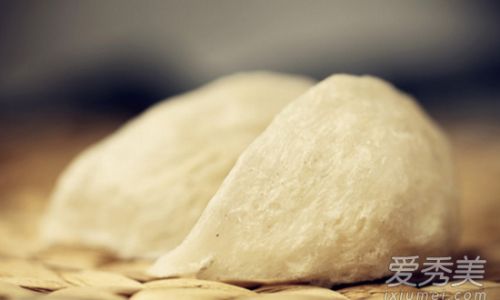
-
Cleaning: Once softened, gently rinse the nest under running water, using a fine sieve or your fingers to remove any feathers, debris, or remaining impurities.
-
Boiling: Place the cleaned bird’s nest in a pot of boiling water. The ratio of water to nest can vary depending on personal preference, but a common guideline is to use approximately 4 parts water to 1 part nest. Allow the nest to simmer for about 20-30 minutes, or until it reaches the desired texture.
-
Draining and Serving: Remove the nest from the heat and let it cool slightly. Drain off any excess water and serve the nest as desired, either plain or with added ingredients like rock sugar, ginger, or milk.
Benefits
- Efficiency: Hot water cooking significantly reduces the overall preparation time, making it a convenient option for busy individuals.
- Texture: The high temperature helps to achieve a softer, more tender texture that some people prefer.
- Flavor Extraction: Boiling can help to extract and concentrate the natural flavors of the bird’s nest, enhancing its taste.
Drawbacks
- Nutrient Loss: Some nutrients, particularly water-soluble vitamins and minerals, may be lost during the boiling process.
- Overcooking Risk: If not carefully monitored, the nest can easily become overcooked, resulting in a mushy texture that some find undesirable.
Cold Water Cooking Method
On the other hand, proponents of the cold water cooking method argue that it preserves the nutritional integrity and delicate texture of bird’s nest better than hot water. They contend that the slower cooking process allows for more gradual and even heat distribution, leading to a superior final product. Here’s a closer look at the cold water method:
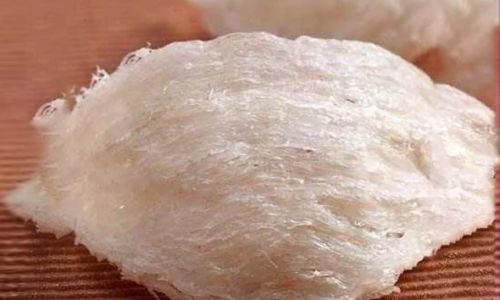
Preparation Steps
-
Soaking: Place the bird’s nest in a bowl of cold water and let it soak for at least 4-6 hours, or overnight, depending on the size and type of nest. This extended soaking period helps to fully soften the nest and facilitate easier cleaning.
-
Cleaning: Once softened, follow the same cleaning process as with the hot water method, using a fine sieve or your fingers to remove impurities.
-
Simmering: Transfer the cleaned nest to a pot of simmering water (not boiling). Maintain a gentle simmer, with the water barely bubbling, for about 40-60 minutes, or until the nest reaches the desired texture.
-
Draining and Serving: Remove the nest from the heat and let it cool. Drain off any excess water and serve as desired.
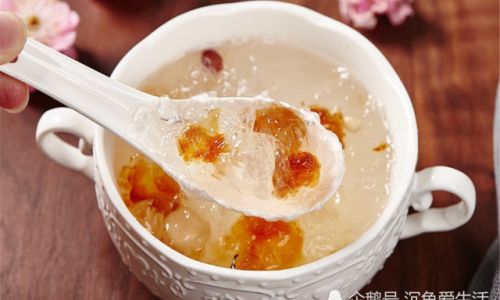
Benefits
- Nutrient Preservation: The slower, gentler cooking process helps to retain more nutrients, particularly water-soluble vitamins and minerals.
- Texture: The cold water method is more likely to produce a firmer, more chewy texture that some people prefer.
- Flavor: The gradual heating process allows the natural flavors of the bird’s nest to develop more subtly, creating a more nuanced taste experience.
Drawbacks
- Time-Consuming: The extended soaking and simmering times make this method less suitable for those who are short on time.
- Texture Variability: Achieving the perfect texture can be more challenging with the cold water method, as it requires careful monitoring to prevent overcooking.
Comparing the Two Methods
When comparing the hot water and cold water cooking methods for bird’s nest, it’s essential to consider both the practical aspects and the personal preferences of the individual. Here’s a summary of the key points:
Efficiency
- Hot Water: Faster cooking time, suitable for busy schedules.
- Cold Water: Requires more time and patience but may be preferable for those who value a leisurely cooking process.
Texture and Flavor
- Hot Water: Tends to produce a softer, more tender texture with concentrated flavors.
- Cold Water: More likely to result in a firmer, chewier texture with subtle, nuanced flavors.
Nutritional Preservation
- Hot Water: Some nutrients may be lost due to the high temperatures.
- Cold Water: Better nutrient retention due to the slower, gentler cooking process.
Risk of Overcooking
- Hot Water: Higher risk of overcooking if not carefully monitored.
- Cold Water: Lower risk of overcooking, but requires careful attention to achieve the desired texture.
Personal Preferences and Cultural Context
Ultimately, the choice between hot water and cold water cooking methods for bird’s nest is largely subjective and influenced by personal preferences and cultural context. In some regions, the use of hot water may be more traditional, while in others, the cold water method may be favored. Additionally, individual tastes and dietary goals can play a significant role in determining the best cooking method.
For example, those who prefer a softer, more tender texture and a concentrated flavor profile may opt for the hot water method. On the other hand, those who value a firmer texture and subtle flavors, along with the preservation of nutrients, may prefer the cold water method.
Conclusion
The debate on whether to cook bird’s nest in hot water or cold water is unlikely to have a definitive answer, as both methods have their own unique benefits and drawbacks. The best approach is to experiment with both methods and determine which one best suits your personal preferences, dietary goals, and lifestyle.
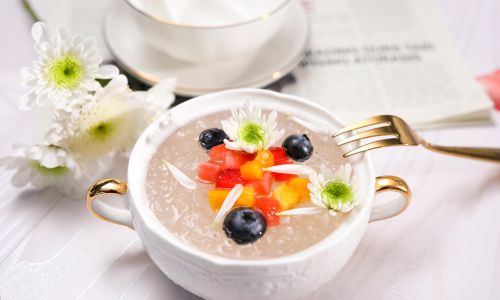
Regardless of which method you choose, it’s essential to prioritize the quality of the bird’s nest itself. Purchasing high-quality, authentic bird’s nest from a reputable source will ensure that you’re maximizing the nutritional benefits and enjoying the best possible taste and texture.
In conclusion, the cooking method for bird’s nest is a matter of personal choice and cultural tradition. By understanding the characteristics and benefits of both hot water and cold water methods, you can make an informed decision that aligns with your own preferences and goals. Whether you prefer the efficiency and soft texture of the hot water method or the nutrient preservation and firm texture of the cold water method, the most important thing is to enjoy the unique experience of preparing and consuming this luxurious delicacy.
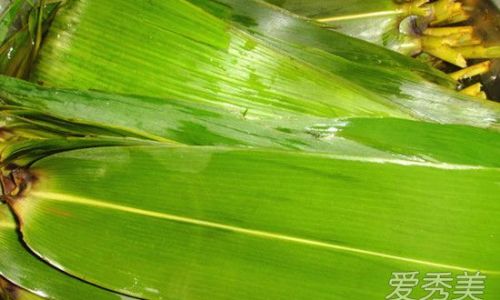
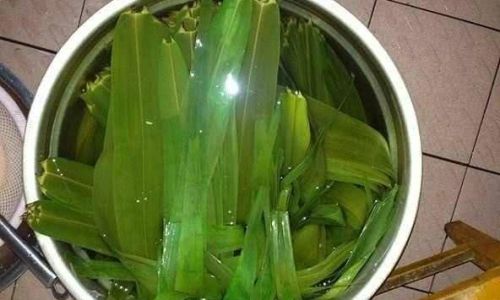
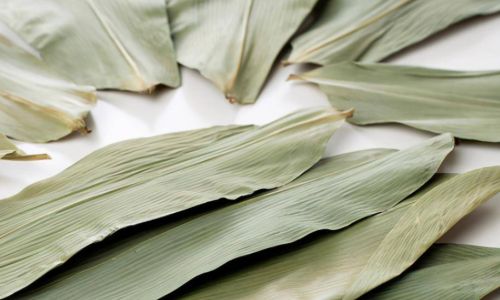

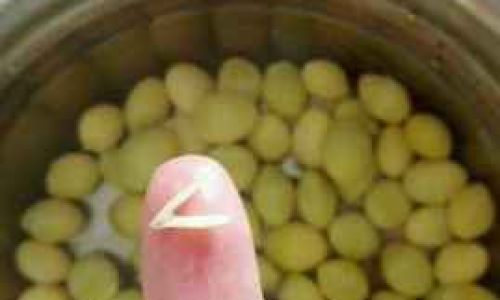
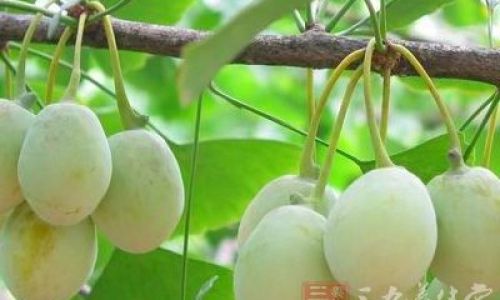
0 comments